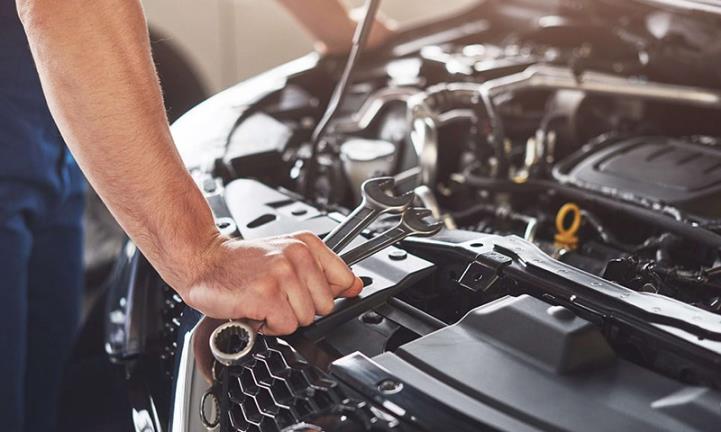When considering the maintenance or repair of any vehicle, a critical decision every car owner faces is whether to use original equipment manufacturer (OEM) parts or aftermarket parts. This choice can have significant implications on the performance, safety, and value of the vehicle. This article will delve into the reasons why choosing original parts over aftermarket counterparts can be the wiser decision.
Quality and Compatibility
OEM parts are designed specifically for a particular make and model by the vehicle’s manufacturer. This guarantees a level of quality and compatibility that aftermarket parts may not match. Original parts are made to the exact specifications required for your vehicle, ensuring a perfect fit and function.
Warranty and Assurance
Using OEM parts typically keeps your vehicle’s warranty intact. Many vehicle manufacturers stipulate that the warranty becomes void if aftermarket parts contribute to the vehicle’s damage. Furthermore, OEM parts often come with their own warranty, providing an additional layer of assurance.
Resale Value
Maintaining a vehicle with OEM parts can help retain its resale value. Prospective buyers often view OEM parts as a sign of meticulous maintenance, which can make the vehicle more attractive in the used car market.
Longevity and Performance
OEM parts are generally more reliable and durable, translating to fewer replacements over the life of your vehicle. While aftermarket parts might offer a lower upfront cost, the potential for more frequent replacements can ultimately lead to a higher overall cost.
Safety
Safety is a paramount concern in automotive repair and maintenance. OEM parts are subject to the same rigorous testing standards that apply to the manufacturing of new vehicles. Aftermarket parts, however, might not always go through such extensive testing, which could compromise safety.
Ease of Selection
Choosing an OEM part removes the guesswork and time associated with selecting from the myriad of aftermarket options. There is typically only one type of OEM part for each application, eliminating the concern of comparing quality across different brands.
Supports Manufacturer
Purchasing OEM parts supports the automaker who designed and built your vehicle. This support can contribute to the company’s research and development of future models, potentially leading to better vehicles on the market.
Environmental Considerations
Some OEM parts are designed with the environment in mind, adhering to sustainability practices in their production. While this is not exclusive to OEM parts, the trend is more prevalent and transparent with original equipment manufacturers.
The Counterargument: Price
The main argument for aftermarket parts is their lower price point. However, the lower price can reflect the quality and performance issues mentioned above. It’s important to consider the long-term costs associated with potentially lower-quality parts.
Conclusion
While the allure of saving money with aftermarket parts can be tempting, the benefits of OEM parts—quality, compatibility, warranty coverage, safety, and maintaining the vehicle’s value—often outweigh the initial cost savings. When it comes to long-term satisfaction and peace of mind, investing in OEM parts for your vehicle is generally the best route.


